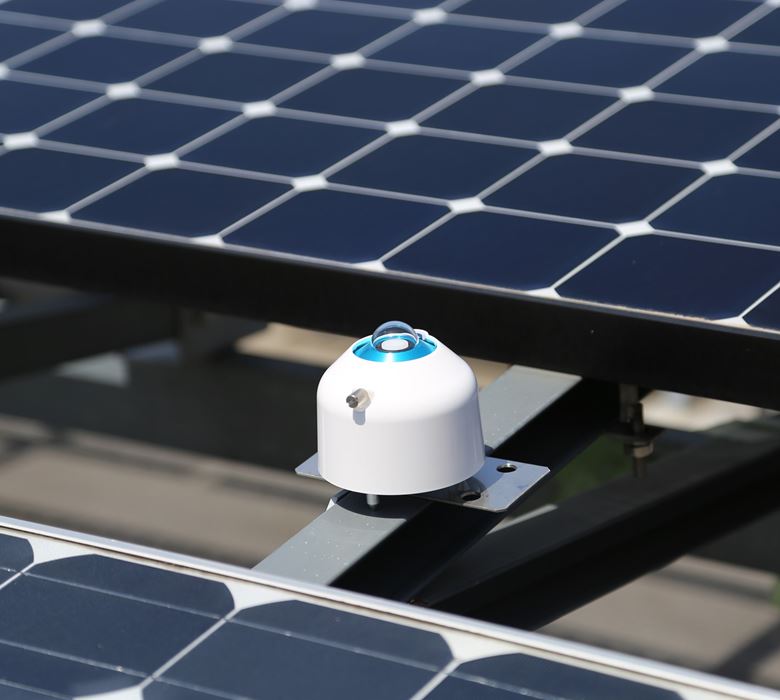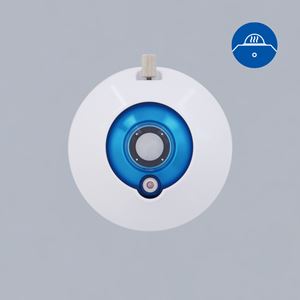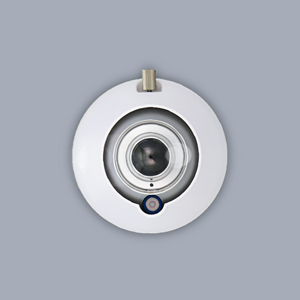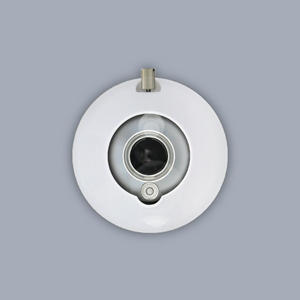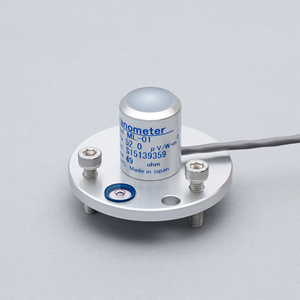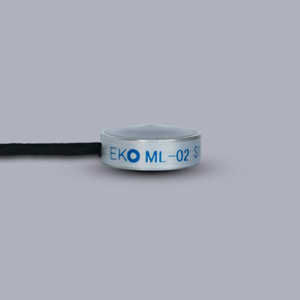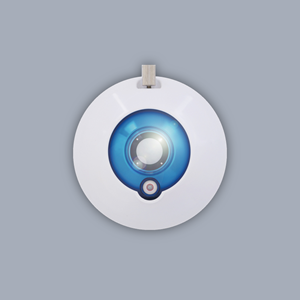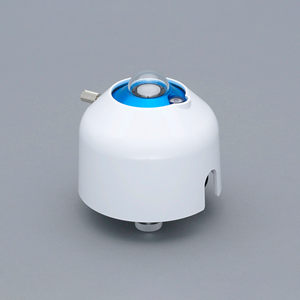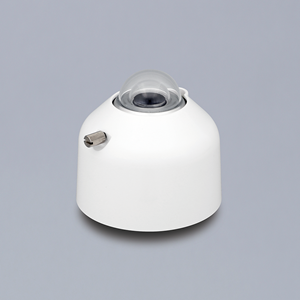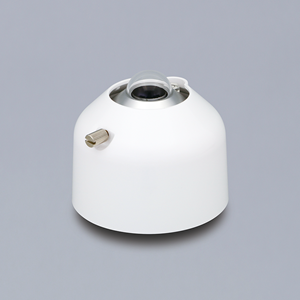Find Your Solution
With EKO's class & industry-leading range of solar sensors
Whether managing an existing PV project or planning something new, accurate solar radiation data can be the difference between failure or success.
EKO Instruments produces industry-leading pyranometers, highly accurate and robust solar sensors that help our partners and customers to make the right choices about their projects.
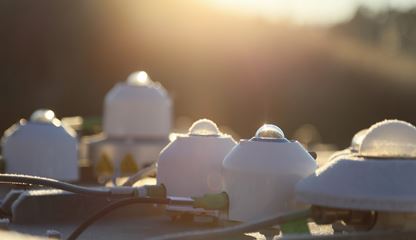
EKO pyranometers are deployed worldwide, delivering second-to-none solar radiation data for research purposes, PV plant management, meteorology, and more.
Our ISO 9060:2018 Class A, B and C sensors deliver excellent value for money thanks to their accuracy, build quality and reliability.
But which is the best option for your project?
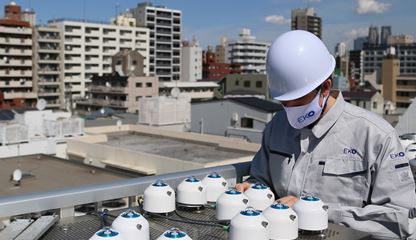
Need help deciding?
Get in touch! Get in touch!No two projects, applications, or users are ever the same. Whether you are a researcher studying climate change or an operator monitoring the efficiency of a solar park, we know that your measurement circumstances and specific goals are unique; and require a sensor up to the task.
Get in touch to find out more
Contact us Contact usHow to choose the right pyranometer?
-
Decide what matters most
If accuracy is your primary concern, then a Class A pyranometer should be your first choice. The ISO 9060:2018 Class A specifications are, by definition, the best, and while some manufacturers may claim to offer the 'best measurement accuracy in every class', the numbers don't lie. Even among the top tier of Class A sensors, there are still leaders, and the MS-80SH with integrated dome heating is the best of the best.
One example of EKO's superior design, build quality, and calibration can be found in the ISO 9060:2018 specification governing 'response time'. The EKO MS-80 and MS-80SH pyranometers are, simply put, faster than their competitors. With a response time of 0.5 seconds, they are faster by as much as 2.5 seconds compared to other Class A sensors and a whole 9.5 seconds faster than the 10-second response time stipulated in the ISO specification. A faster sensor is a more accurate sensor and more responsive to environmental changes such as rolling cloud cover.
Put another way, the MS-80SH is the best option for applications that rely on accurate, almost live, granular data; rather than larger, averaged increments.
Of course, accuracy is always going to be important. But, if you are operating on a budget and need multiple sensors, there are excellent Class B and C options. The MS-60S and MS-40S include many of the same innovative features as the MS-80SH; they are manufactured to the same high-quality standards and include ISO 17025 calibration at our certified lab in Tokyo, Japan.
Management and maintenance may be another concern, especially if you plan to install your sensors in remote or hard-to-reach locations. Day-to-day, the onboard diagnostic sensors, built into our S-Series pyranometers, offer users visibility over internal temperature, humidity, tilt and roll angle, helping to ensure optimum performance with, potentially, fewer physical checks.
More long-term, most pyranometers require recalibration every one to two years. The MS-80SH, meanwhile, has a recommended recalibration interval of 5 years. That's up to 3-years longer than the competition; an extra 3-years before you have to uninstall your pyranometer and send it away for recalibration.
-
Assess the conditions
'Conditions' covers many variables, all of which can affect your application, sensor, and data. 'Environmental conditions', sometimes used interchangeably with 'climate conditions', for example, can refer to the weather (i.e. rain) or location-specific factors such as sand, or dust, in the air.
These factors may seem obvious, and some change, or improve, over time; rain passes, and dust settles. However, understanding the long-term or average conditions over time is essential, for example, setting up a PV application. This knowledge will help you to site your solar panels for maximum exposure and minimum interference or blocking.
Another important point, often missed, is the 'set-up' conditions or environment; that is, human or technological factors that can affect an application, including meteorological or solar energy systems in rural and urban areas.
The conditions of the set-up environment and the presence of ancillary electronic devices can impact the performance of your pyranometer and measurement systems. Poor system design can, for example, lead to electronic noise and offsets picked up by your datalogger through the pyranometer or signal cable. Shielding and grounding systems to the 'analog ground' and 'central protective earth' can help to avoid problems, though in set-ups with a ground differential between the sensor mounting base and datalogger, there is still a risk of 'ground loops'.
With an S-Series pyranometer, however, poor system design is a less critical issue. Thanks to the fundamental stability of the S-Series, their filtering capabilities, in-built surge protection, unique design, build quality, and internal sensors, you can rely on your pyranometer working, delivering accurate data, whatever issues or compromises exist with the system or the installation.
-
Choosing between ‘Analog’ and ‘Digital’
Last but not least is the choice of an analog or digital sensor. From the system design point of view, S-Series pyranometers with more innovative design, and internal sensors, offer significant advantages over competing products and are less susceptible to noise and offsets.
S-Series pyranometers are compatible with 99% of data loggers, DAQ, and SCADA systems. They can also connect to any laptop using EKO’s free to use ‘Hibi’ software. They are designed to be plug and play, and easy to integrate with any digital data acquisition system.
If you are looking to invest in a new pyranometer, are considering upgrading an older monitoring system, or simply want the very best features and latest technologies, go ‘Digital’.
However, if you are considering additional sensors for an established system or network, then analog may be the way to go. EKO provides a range of analog pyranometers, built to the same high standards as the S-Series, including the MS-80 Class A pyranometer, which, along with the digital MS-80SH, is industry and class-leading with fast response and zero-offset.
Made in Japan
EKO Pyranometers
Still not sure?
Take a closer look at our full range of pyranometers. From the elite Class A MS-80SH with integrated dome heating to the super small Class C ML-02, we have a solution for every application.
Explore Pyranometers